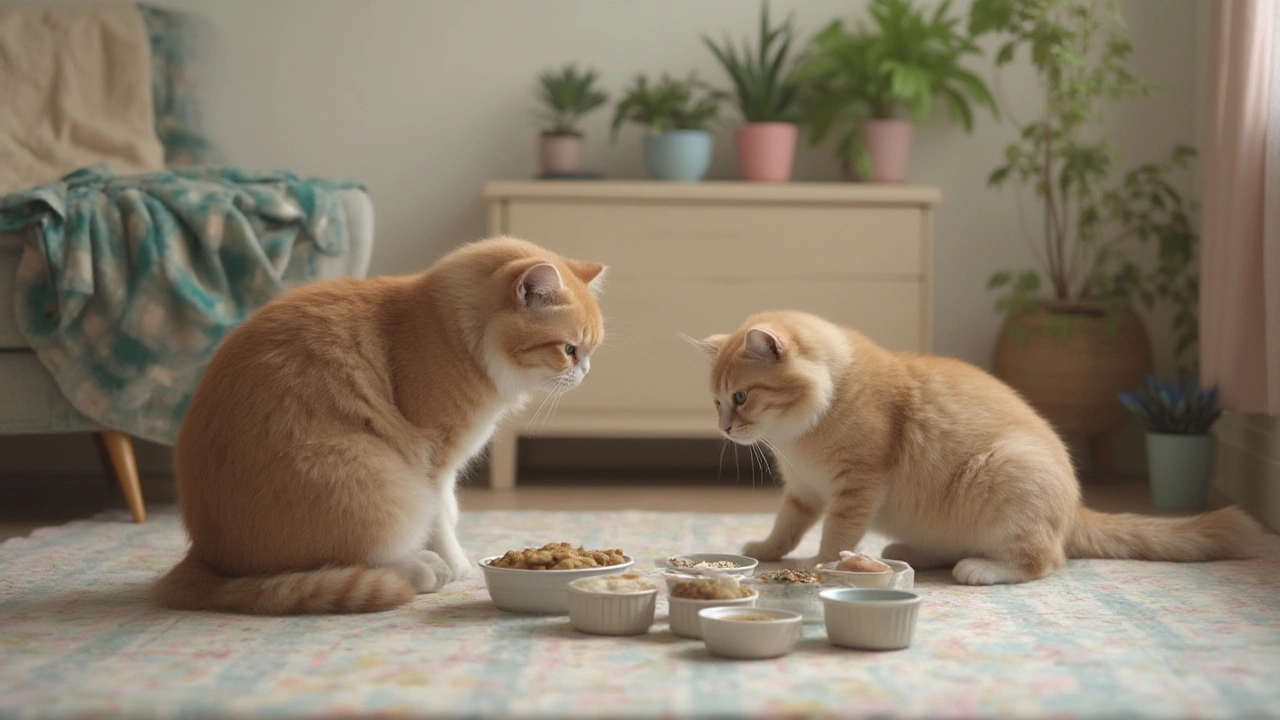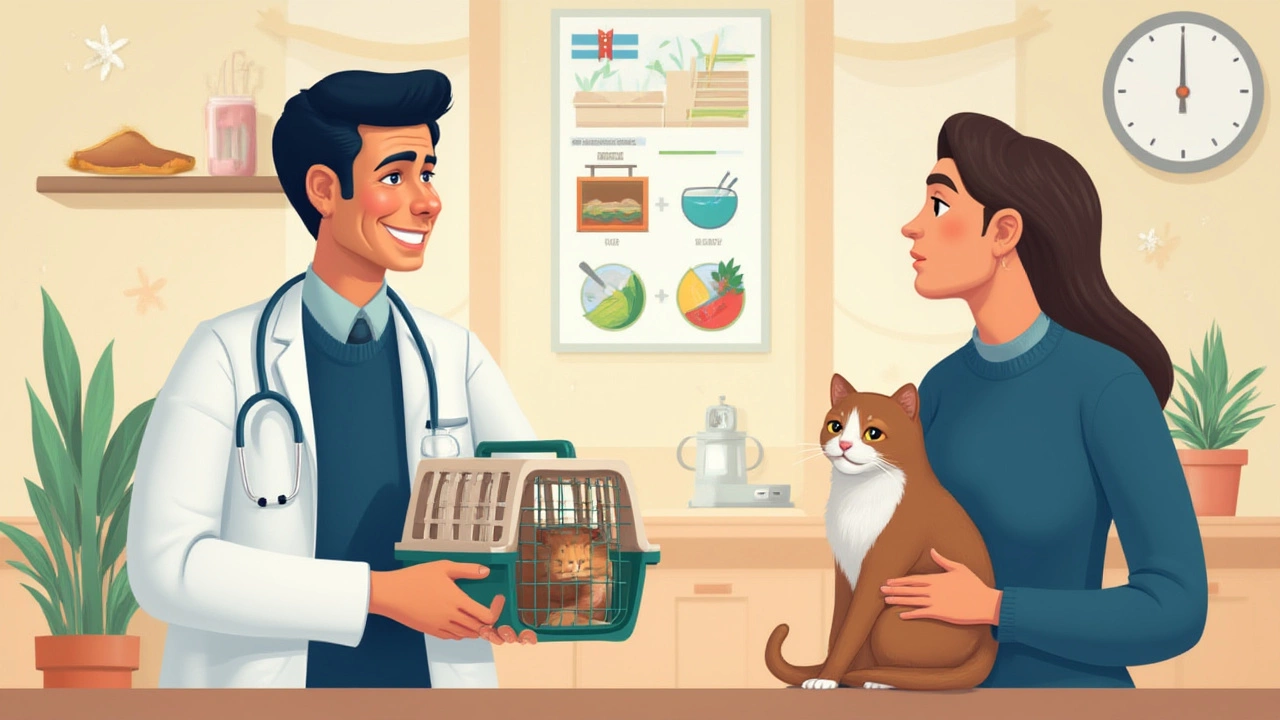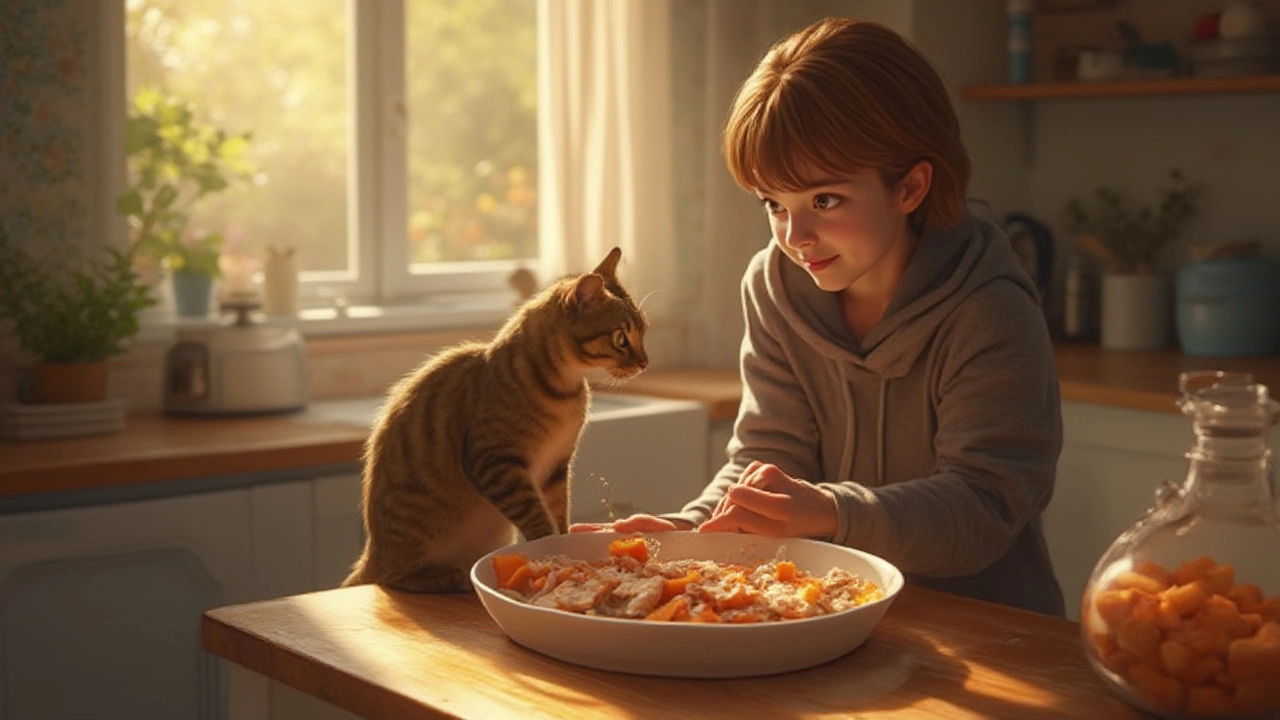If you’ve ever seen a truly starving cat, you don’t forget it. Ribs peeking through matted fur, eyes darting at every crumb, shaking from hunger but too weak to run. As someone who’s found strays under cars and heard desperate crying on rainy Auckland nights, I can tell you: feeding a starving cat is one of the most rewarding but tricky things you can do. Your instinct screams “Feed them!” but—this is the hook—too much or the wrong food can actually do more harm than good. So, what’s really the best cat food for a starving cat?
The Risks: Why Starving Cats Need Special Care
Most people think you should just give a starving cat a big bowl of premium kibble and let them go wild. Nope—there’s a risk called refeeding syndrome that can actually send a cat into shock or worse. When a malnourished cat suddenly gets a ton of food—especially high-carb kibble—their body can’t process it fast enough. Minerals like potassium, phosphorus, and magnesium swing dangerously out of balance. Sudden organ strain can literally kill. It’s heart-wrenching, but veterinarians in NZ have seen this firsthand, especially after hurricanes or floods when abandoned pets are found in rough shape.
Instead, the right approach is to feed small amounts of highly digestible, high-protein, moderate-fat, and low-carbohydrate food, spread out over several feedings. Think every three to four hours for the first days. This gives their stressed digestive tract and organs time to adjust. Wet food (pâté style) is safer than dry kibble because it’s softer, more palatable, and has higher moisture—which helps with weak kidneys and dehydration. Cats evolved as desert animals, so they don’t naturally crave much water, making moisture in food essential. Also, with wet food, you’re less likely to overload them with carbohydrates, since many dry foods (even ‘premium’ ones) are padded out with corn, rice, and grains cats don’t need and can’t process well, especially after starvation.
If you’re rescuing a cat in this state, talk to a vet as soon as possible. Bloodwork is best, but if you have to act before getting the cat seen, be cautious with meal size and choice of food. And if the cat can’t keep food down or seems lethargic after eating, seek help immediately. Starvation impacts organs long before you see it on the surface.
Best First Foods for a Starving Cat: What Really Works
The best starting foods are actually simple. Unseasoned chicken or turkey breast, poached or boiled, is a great temporary option. No salt, no skin, no sauce—plain protein supports recovery while being gentle on the stomach. Another good bet is a veterinary recovery diet, like Hill’s a/d or Royal Canin Recovery. These formulas are designed for cats that need to regain weight and strength after surgery or illness, so they’re fortified with the right blend of nutrients, including B vitamins and amino acids. They’re expensive, yes, but they can be a literal lifesaver for a starved cat.
If you can’t get recovery food, choose a high-quality canned cat food with a meat or poultry named as the first ingredient, and make sure it’s labeled “complete and balanced”—not just a treat or topper. Fancy Feast Classic Pâté, for example, is often recommended by both Kiwi and Aussie rescue groups because it’s easy to eat, widely available, and relatively affordable. Stay away from fish-based foods for very starved cats at first, because some can trigger allergies or upset delicate stomachs. Definitely skip milk—cats are lactose intolerant, and the cutesy TV image of cats lapping bowls of milk is a digestive nightmare in real life.
If you’re using dry food, pick one that’s high in animal protein (over 32% if you can swing it) and low-ish in carbs. Brands like Ziwi Peak (made right here in New Zealand) or Orijen are favorites among feline nutrition nerds. Break the kibble down with a bit of warm water or a spoonful of plain pumpkin to make it easier to chew and digest. Still, aim to transition to predominantly wet food for hydration support.

Feeding Schedule: How Much and How Often?
Control is everything. For the first 24–48 hours, offer small measured meals every 3–4 hours. Start with roughly a teaspoon or two at a time. Once it’s clear the cat can keep food down and is no longer vomiting or having diarrhea, gradually increase the portion. By day 3–4, you can switch to 4–5 small meals a day. Overfeeding too quickly is the number one risk at this stage. It’s frustrating for both you and the cat because they’ll try to eat everything—don’t give in to the pleading eyes.
Weigh the cat before you start, and again daily if possible. Like babies, sick cats should gain slowly: roughly 1% of their body weight per day is a nice, safe rule. If you see sudden bloating, labored breathing, or listlessness after eating, stop and get the cat checked at a vet clinic ASAP. Cats who have gone without food for more than five days are especially vulnerable.
Another tip: make sure water is always available, but don’t force the cat to drink large volumes at once—small sips are safer, especially at first. I like offering a teaspoon of water every hour or two, especially for cats coming off the street who’ve likely been severely dehydrated. A cat water fountain can help, as the running water attracts cats to drink more with less hesitation.
What Ingredients Support Quick Recovery?
Taurine, an amino acid only found in animal tissue, is non-negotiable. Cats can’t make it themselves and need it for heart, eye, and immune health. In fact, taurine deficiency used to be a leading cause of sudden feline deaths before commercial foods were fortified. Check that your chosen food clearly lists taurine in its ingredients.
Animal-based proteins—chicken, turkey, rabbit, venison—are easiest for cats to digest. Beef and lamb are OK in small quantities, but can be rich for truly starved stomachs. Duck and other exotic meats are sometimes suggested for allergy-prone cats, but aren’t usually necessary for short-term recovery.
Fats provide concentrated calories, but too much too soon can overwhelm the liver. Twenty to thirty percent of calories from fat is ideal for starved cats once their system adjusts. The key micronutrients are B vitamins (especially B12), potassium, magnesium, and iron. If you’re using home-prepared food, talk to a vet about supplement dosing; it’s easy to under- or overdose, and the stakes are high in a fragile cat.
Some folk remedies—like adding a bit of plain goat’s milk or bone broth—can be OK for hydration and taste, so long as they’re very diluted and free of added salt, onion, or garlic. But avoid raw food until the cat’s gut recovers, as their immune system is running on empty, and bacteria can tip a cat from sick to deadly in an hour. If you’re in Auckland, you can find pet nutritionists who do phone consultations if you’re nervous about homemade options.

Long-Term Feeding and Building Trust
Once your cat is eating again and not vomiting or having diarrhea, it’s time to focus on long-term nutrition and emotional healing. Trauma leaves marks—you might notice the cat scarfing food as if every meal is their last, even weeks later. This is where consistency helps. Set a routine with two to three predictable, measured meals a day, in a quiet space. Use a shallow bowl or saucer that lets their whiskers touch the edges gently—some cats find deep bowls stressful.
After about a month, most previously starved cats can transition to a regular adult food, or a high-calorie growth formula if they’re still underweight. If the cat is a kitten or senior, or has underlying conditions like FIV or kidney struggles, get guidance tailored to those issues. Adding a probiotic paste or powder can help rebalance their gut, which often takes a hit after starvation. Probiotics specifically developed for cats, like Purina Fortiflora, are supported by NZ vets. Avoid any with artificial sweeteners or colors.
One overlooked trick: food puzzles. These slow feeders or treat balls encourage the cat to eat at a safe pace, burning anxiety and making mealtimes fun again. My own rescue, Darcy, started trusting us only after we switched to hand-feeding with a spoon, then a puzzle, letting him control the contact. Progress can take weeks. Consistent mealtimes with high-value food (especially canned rabbit or the occasional boiled chicken breast) are the ultimate olive branch in the feline world.
Keep monitoring their weight and coat. Fur that grows glossy, with bright eyes and soft purring tum, is the best feedback you can hope for. Watch the litter box, too—small, firm stools are good, but loose or frequent messes mean you may need to slow down or switch foods. If your cat ever loses interest in food again for more than 24 hours, consult a vet without delay.
In short, saving a starving cat is equal parts heart, science, and patience. Feed them right, and you’ll have a friend for life—one who knows you gave them a second shot at comfort and safety. That’s what makes every extra effort worth it.
